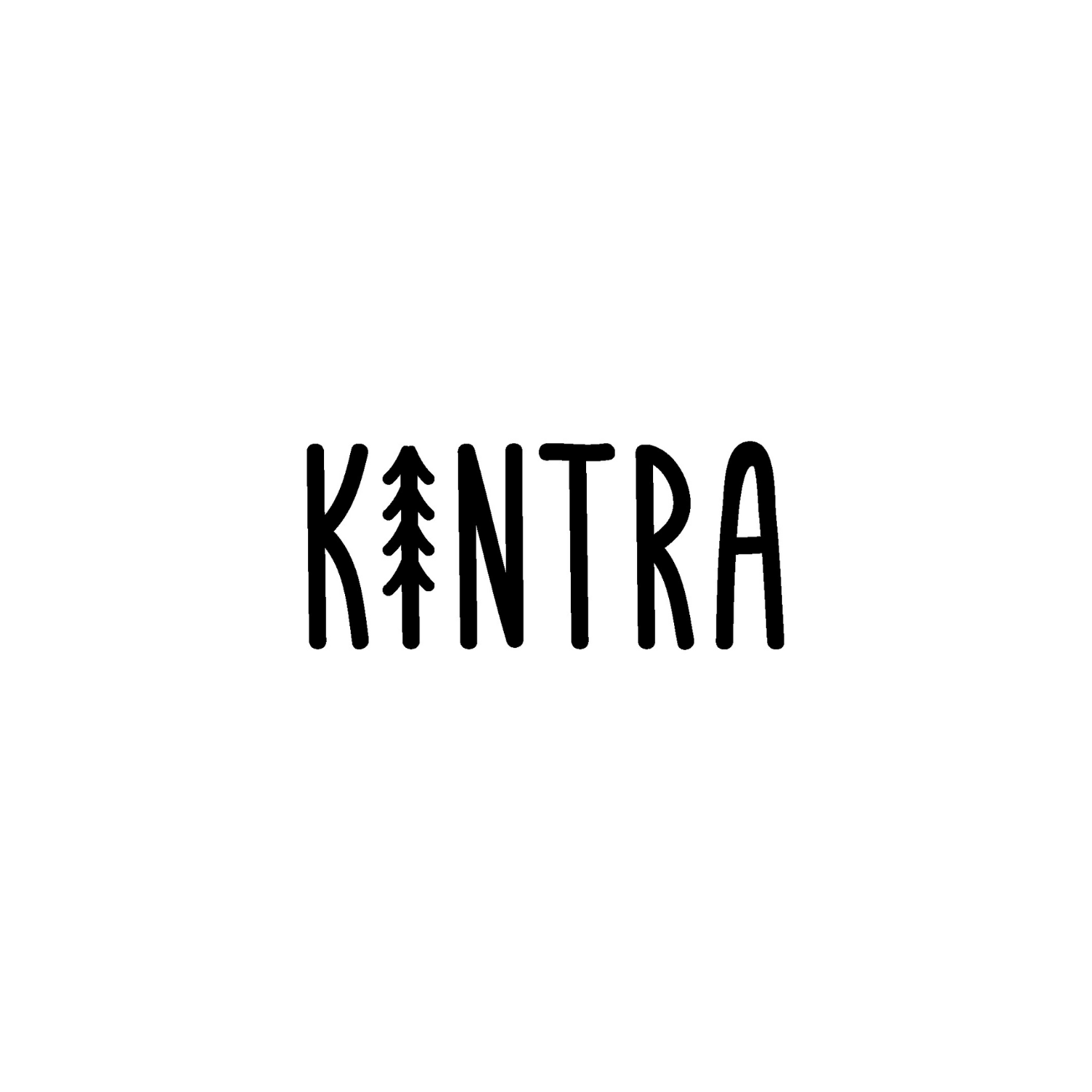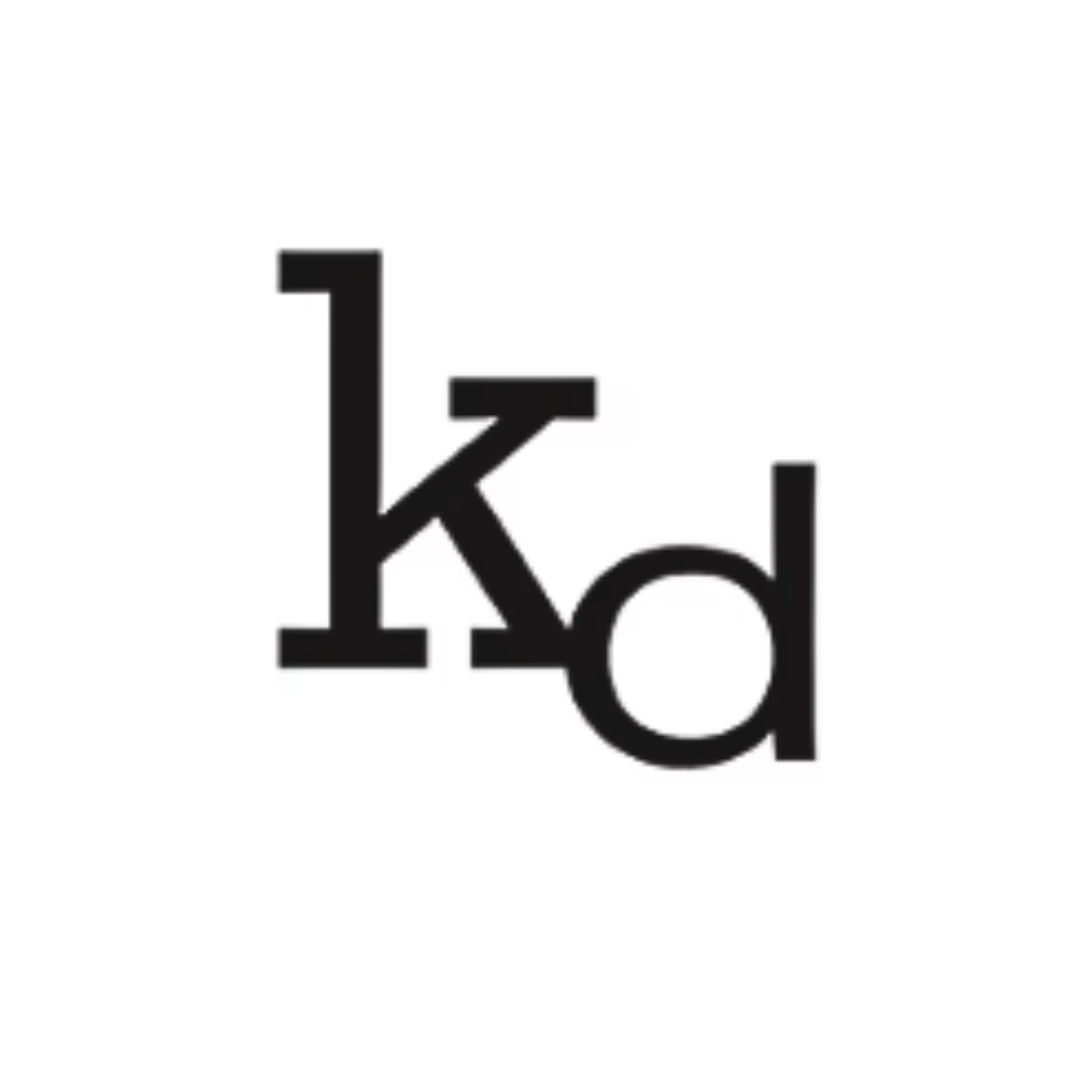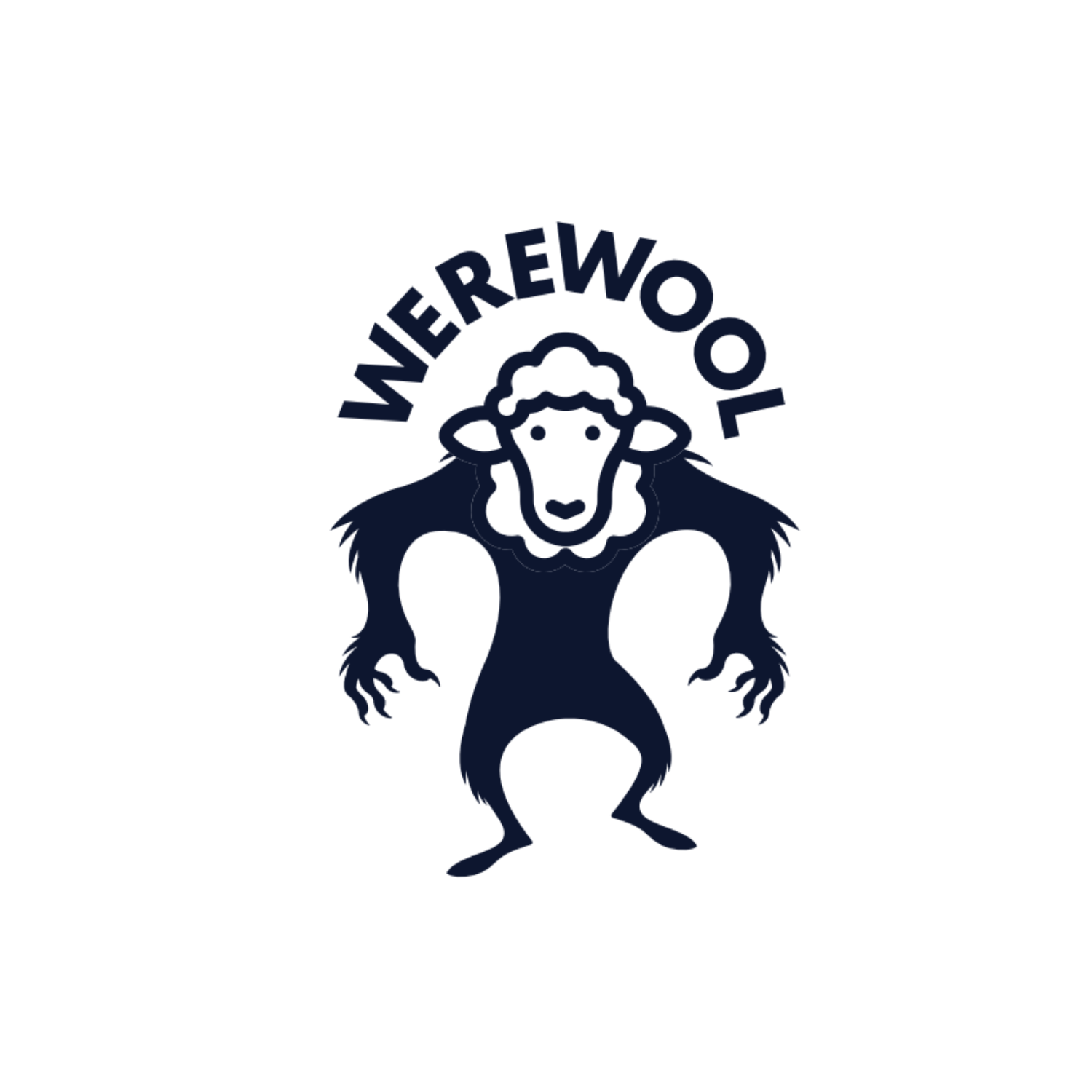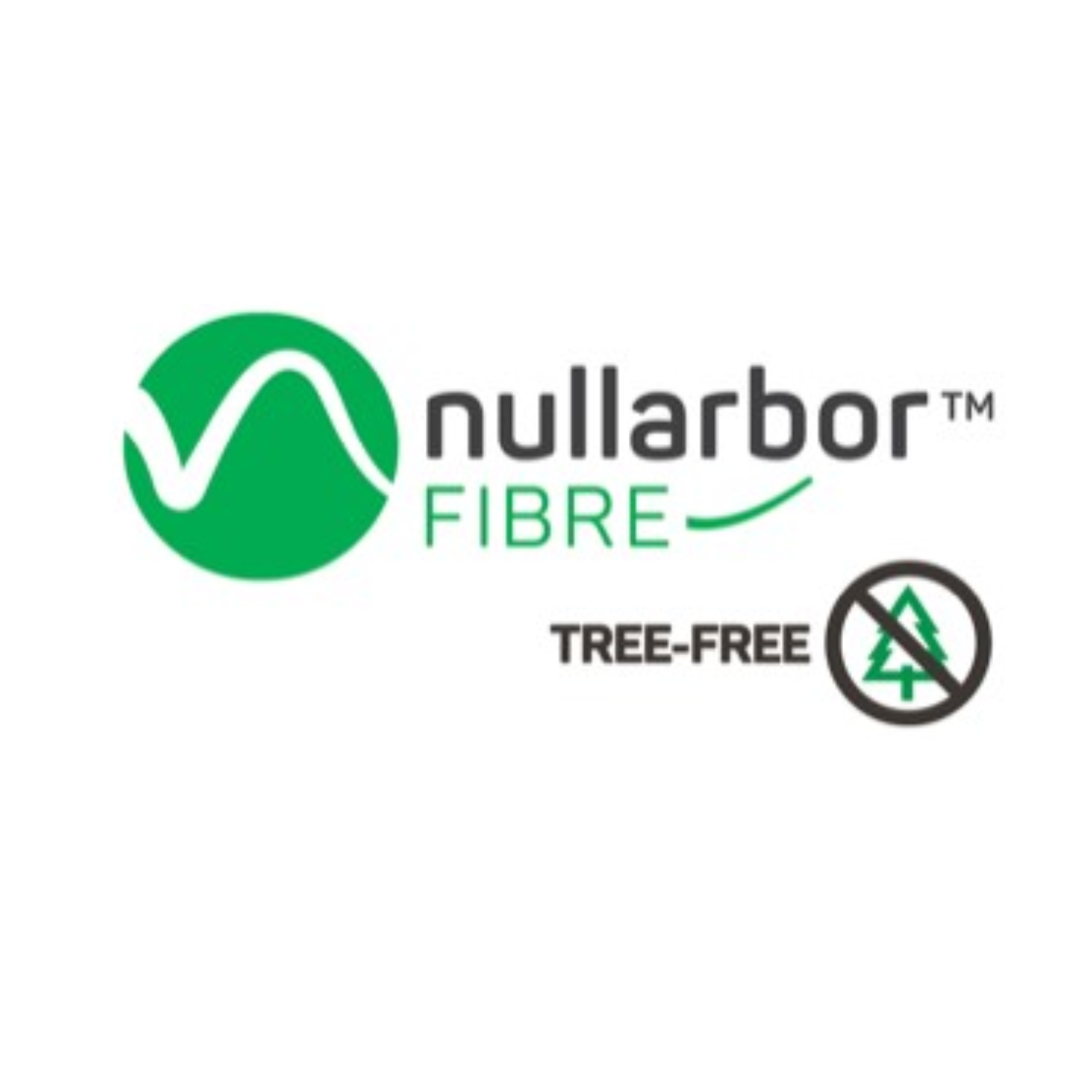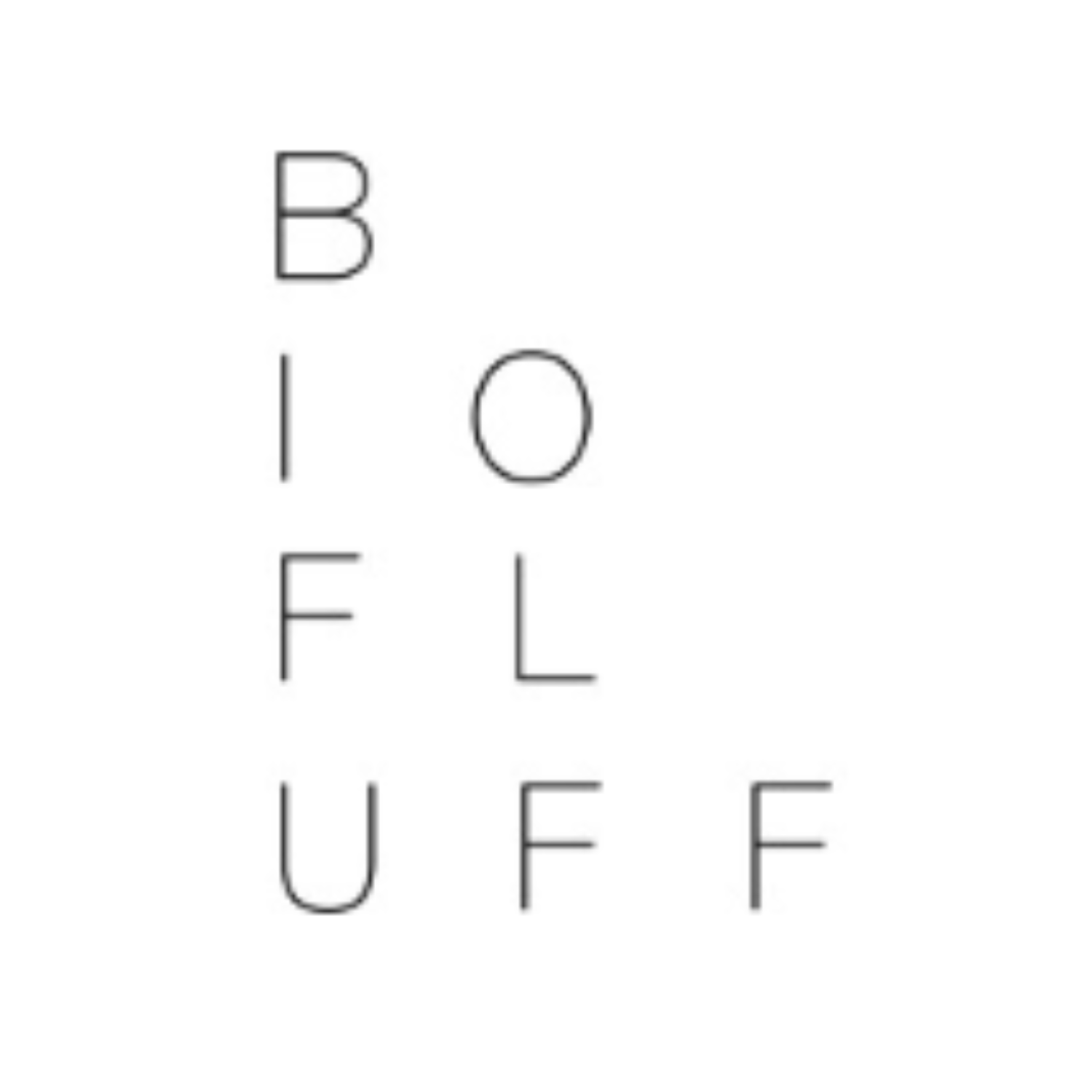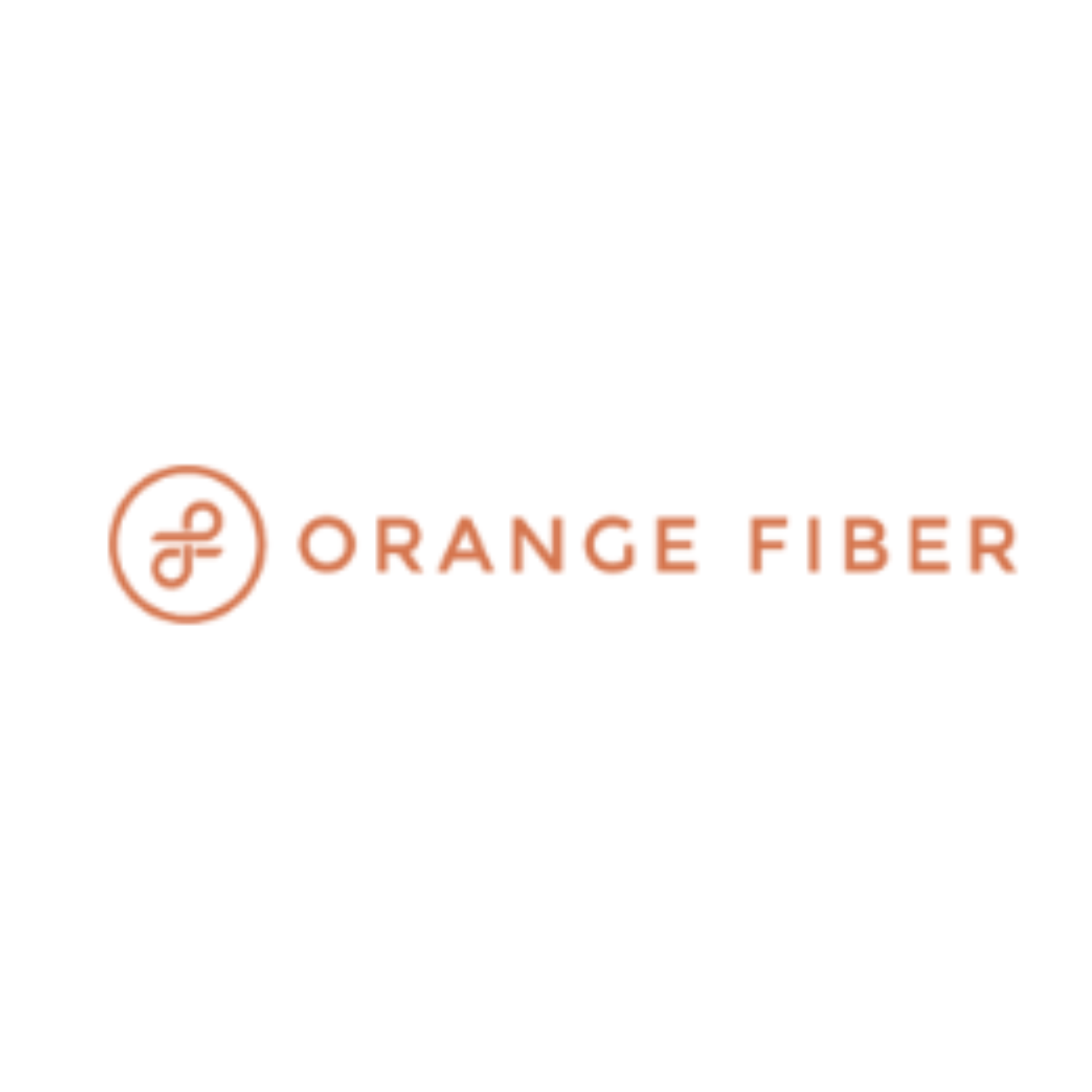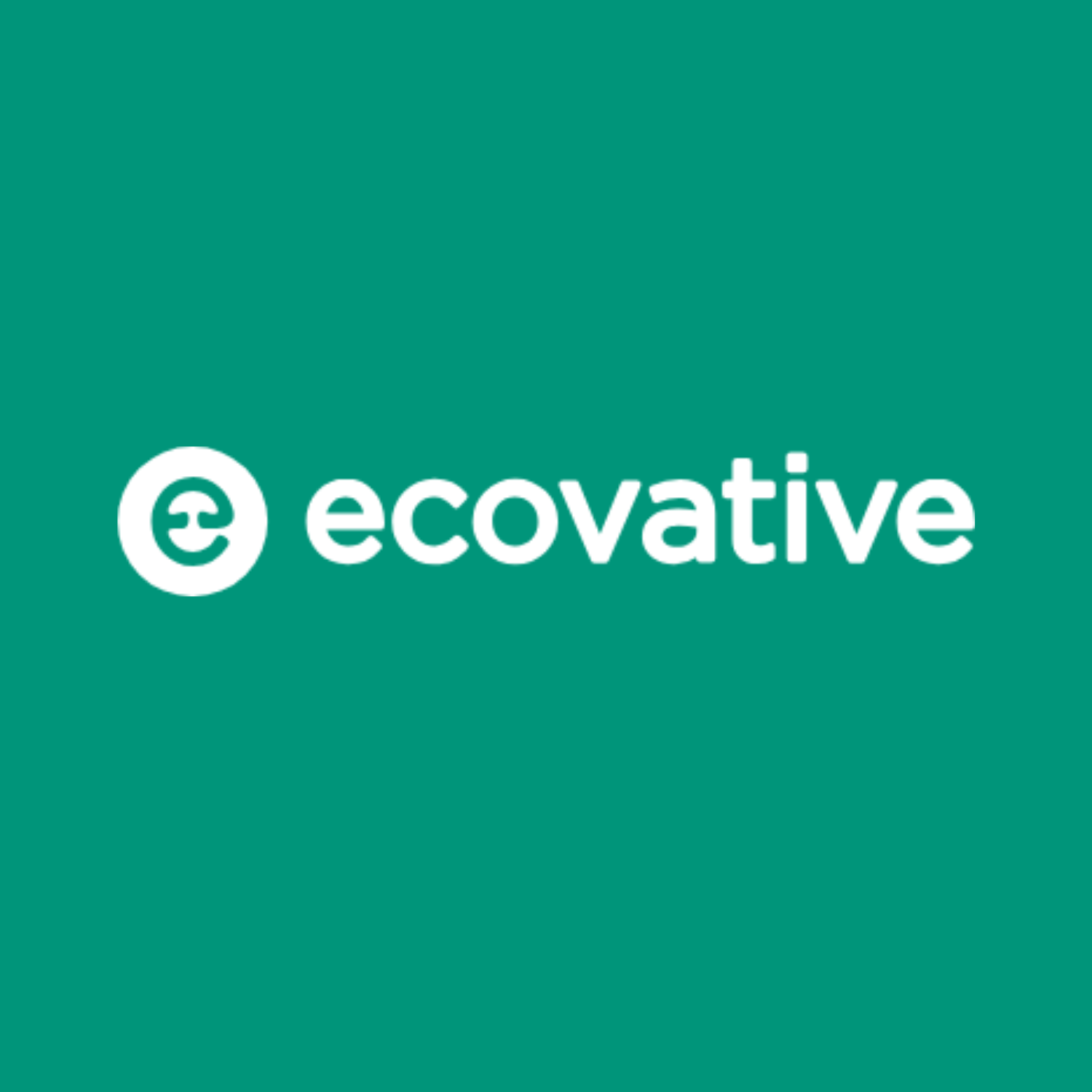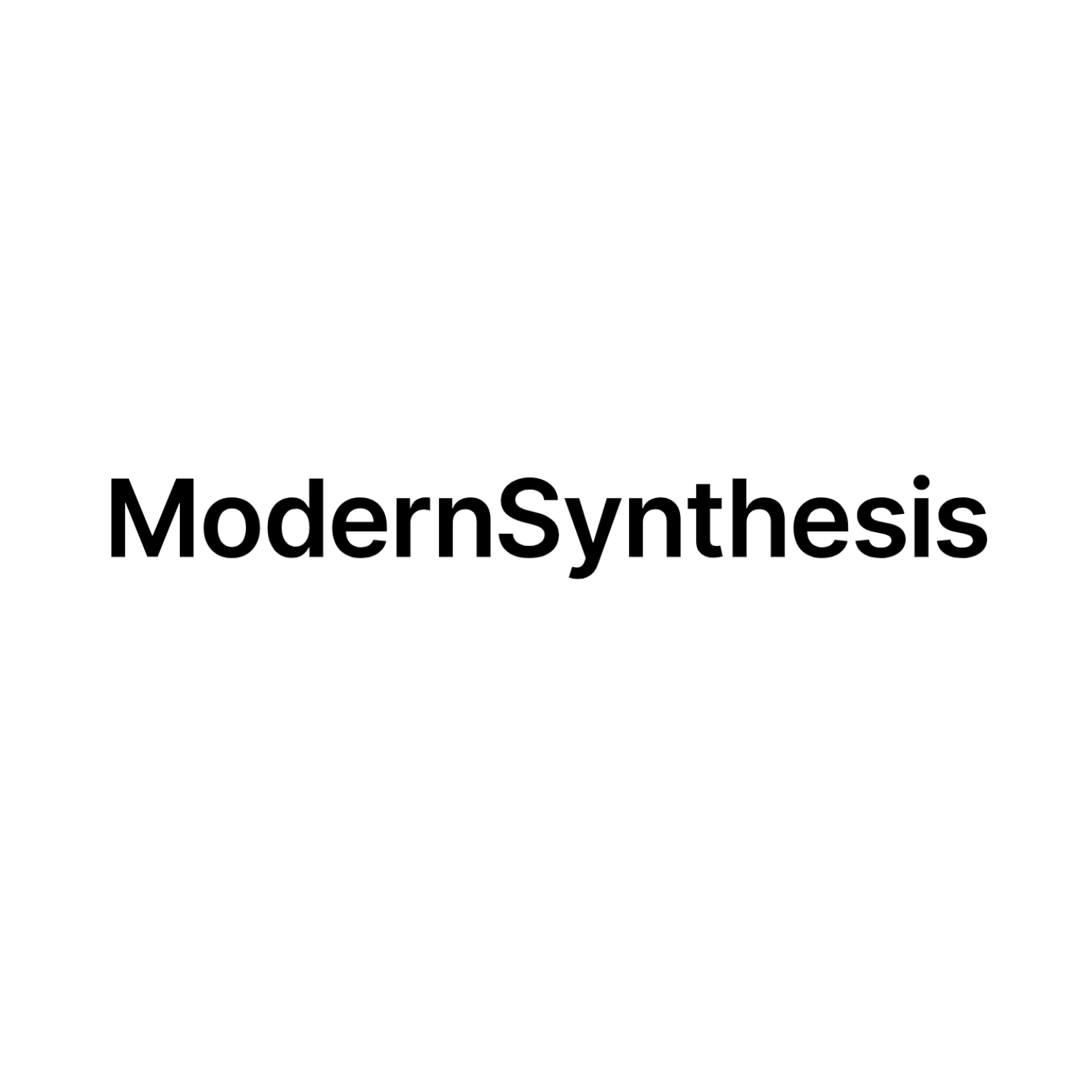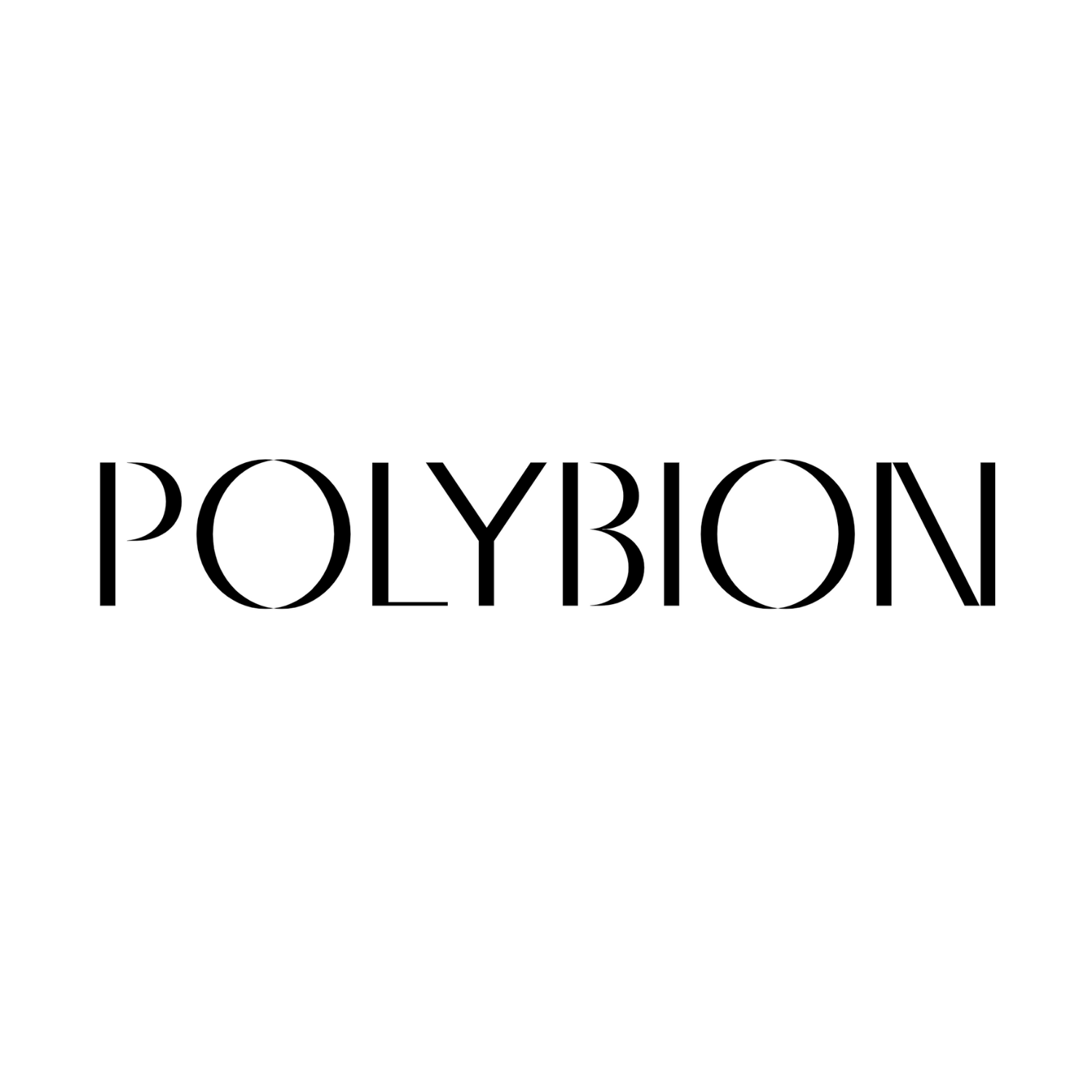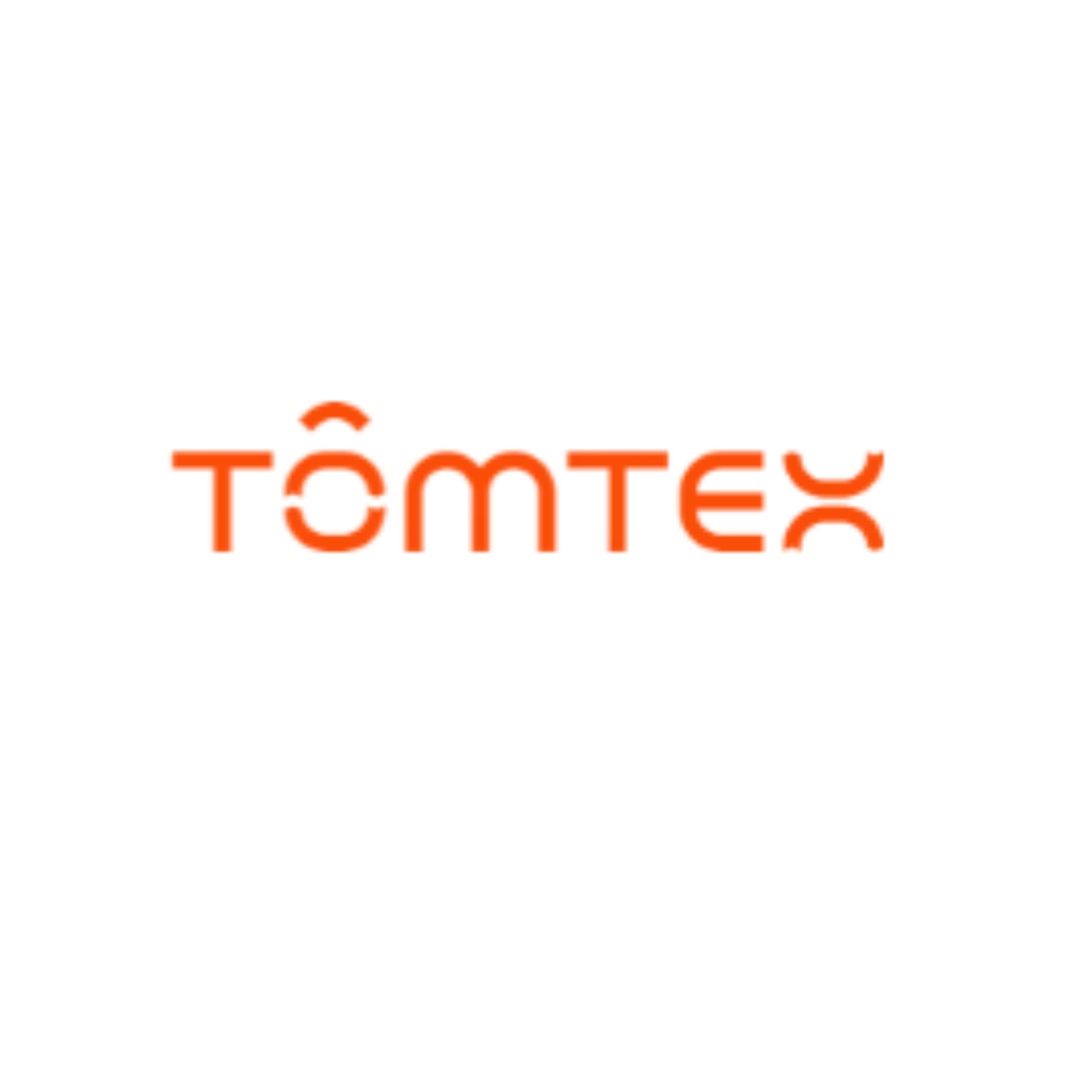December 14, 2023
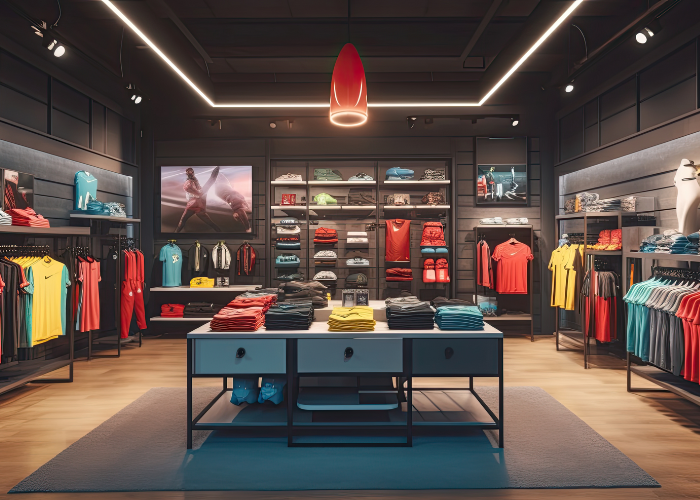
The Key to Keeping Activewear Booming
If there was one winner during the global pandemic, it was activewear. From performance to athleisure, consumers sought out comfort for their WFH and nesting lifestyles. The era spawned the term “hard pants,” a term for wovens with waistbands, to signal a general preference for everything soft and stretchy. And even as consumers get back out into the world, they’re still looking for those attributes in their everyday clothes—and they’re demanding more from their workout gear.
Through new labels, brand extensions and a general convergence of sportswear and active styling, activewear has boomed. And it seems everyone wants a piece of the action. For instance, menswear brand Rhone is launching women’s performance and athleisure in 2024, the founders behind The Kooples are back with a new activewear label, Abercrombie & Fitch dove into the market with Your Personal Best (YPB) last year and Draper James and LoveShackFancy launched active brand extensions earlier this year. And the list goes on and on.
Consumer behavior firm Circana’s consumer tracking data shows activewear sales dollars increased 32 percent from January to October 2023, compared to the same period in 2019. “Although we are likely not going to see growth like that again, it’s safe to say that activewear has solidified itself into our everyday wardrobes,” Kristen Classi-Zummo, apparel industry analyst at Circana told Texworld. The company anticipates sales next year will be “relatively flat” compared to 2023.
To maintain its dominance, activewear will need to evolve.
“Activewear brands are working harder at crossover appeal—being able to go from the boat to the boardroom, or from the gym to a night out on the town,” said Mary-Cathryn Kolb, founder and CEO of performance cooling fabric company Brrr°. In addition to comfort, which she describes as “the category king,” Kolb said consumers are gravitating toward specific types of product. “Systems are trending, which for men could include a base layer, quarter zip and jacket, and for women could include a legging, sports bra, crop top and blazer type jacket,” she said. She also noted an interest in UPF sun protection, cooling and moisture wicking, as well as sustainable materials like recycled fibers.
The interest in sustainability, in particular, shouldn’t come as a surprise. Consumers have become increasingly aware of climate change with more opting for sustainable products, when possible. Ahead of its sportswear collab with Mover, sail racing league SailGP polled consumers and found that 72 percent of the 1,500 respondents have a preference for “plastic free sportswear.” Further, a survey of 10,000 U.S. consumers by shopping rewards app Shopkick found that 86 percent of shoppers want brands to offer more sustainable products.
In response, the activewear market is taking steps to make products less impactful and to make them easier to reuse at end of life. Zara committed to purchasing 70 million euros worth of textile-to-textile recycled polyester from Ambercycle for the company’s Athleticz line, according to WWD. Startup label Reformer offers activewear made from 85 percent Repreve recycled yarn. Brrr is working on mechanical stretch yarns without Lycra to foster circular design, and the company has partnered with Ciclo to create durable fabrics that can decompose faster in landfills.
“Sustainability has become one of the most important attributes that retailers and consumers are looking for. They want to know that garments are manufactured in an environmentally friendly certified mill. They want to see GRS certified traceability,” Kolb said, adding they’re willing to pay anywhere from 20 to 30 percent more for comfort and performance as global warming makes weather conditions more unpredictable.
Launchmetrics, a brand performance data company recognizes the “small but significant steps” brands have made in lessening their environmental impact, but the company says they could be doing a lot more. Currently, it found sustainability only accounts for 1 percent of activewear brands’ media impact value. “This highlights the opportunity for brands to further prioritize and promote their sustainable initiatives to not only align with consumer values but also enhance their overall MIV and global industry impact,” the report stated.
Beyond sustainability, activewear still has a lot of opportunity.
TD Cowen’s John Kernan sees a trend toward a focus on “play” or social sports like tennis, golf and hiking, according to Sourcing Journal. Ultimately though, Kernan said disruption will come from materials and merchandising. He sees brands like Alo Yoga and Rhone and Vuori driving change as they evolve to acquire new customers.
Classi-Zummo of Circana said brands are differentiating to standout in the crowded marketplace—and to build brands that last. She added distribution is also diversifying as shoppers are broadening where they look for activewear.
“While sporting good retailers continue to make up the majority of spend in the active space, the playing field is beginning to even out,” Classi-Zummo said. “Consumers are turning to off-price and retailers like Shein and Amazon for great activewear styles for less.”
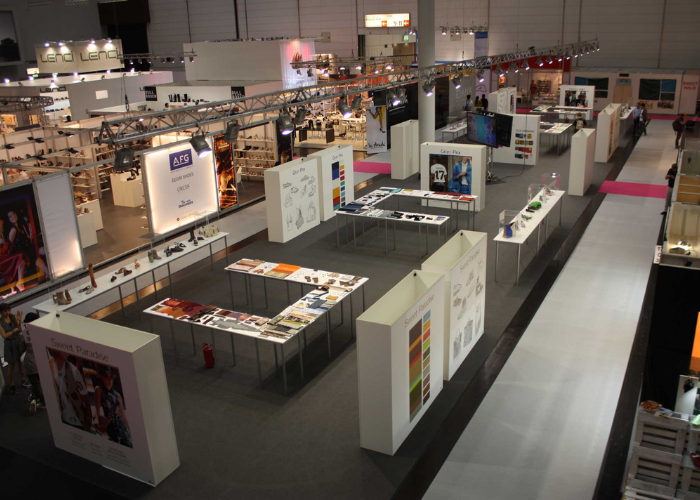
**New** Arsutoria Leather Trend Resource
Join Texworld in welcoming Arsutoria, the prestigious Milan-based institution renowned for its contributions to footwear and leather goods education. The workshop school’s legacy dates back to 1947, and today it offers courses in shoe, bag and accessories design from sketching to prototyping using artisanal techniques as well as advanced 3D technologies. Arsutoria brings its wealth of experience to New York on the Texworld floor with a curated trend area that will feature a captivating display of over 200 material samples from various companies. Stop by to gain inspiration for your accessories, footwear, houseware or apparel collections.
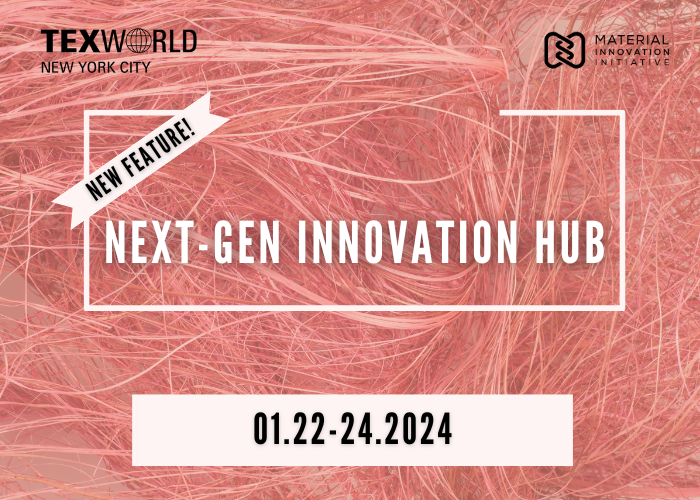
Introducing the Next-Gen Material Innovation Hub
Don’t miss your opportunity to learn about innovative, high-performing, and sustainable fiber and material alternatives in Texworld’s latest specialty area, Next-Gen Innovation Hub. The educational space is a collaboration between the show and Material Innovation Initiative (MII), an industry leader in advancing the next-gen materials revolution by connecting science and big ideas.
“Sustainability must be at the forefront of every collection. We want to give brands the tools and inspiration they need to create a new model for beauty and wearability,” said Thomasine Dolan, director of materials innovation + design, MII.
Stop by the hub to learn how to bring cleanliness, environmental responsibility and cruelty-free innovation to your collections today.
Check out the brands participating below:
Kintra Fibers has yarns available in pilot quantities for knit and woven fabric production. The ones that area available include: fully drawn yarn, draw textured yarn, and air jet textured yarn. Through their mill partnerships, Kintra also offers a variety of knit and woven fabrics in greige or dyed/finished form. Third-party fabric testing results show that Kintra's fabric samples surpass the minimum requirements set by brands in areas such as abrasion resistance, pilling, tear force, and tensile strength.
KD New York’s yarns are made from the finest fibers and sourced worldwide for their quality. The brand and its subsidiaries are sold in over 200 stores and online globally.
KD Knit Corporation, the parent of KD New York, is a B Corporation dedicated to maintaining the highest standards for environmental sustainability, product and business transparency and employee well-being.
Werewool engineers’ materials that facilitate a circular economy, they are developing the next generation of biodegradable performance textile fibers with DNA-programmed color and functional properties, such as moisture management and stretch — performance and color without plastics and water pollution.
Modern Meadow is a bio-design technology company working to redefine what’s possible. We harness the unique properties of nature-inspired proteins in combination with other molecules to empower business partners to bring high-quality, sustainable products to market today while driving toward a future of sustainability that we can’t even imagine yet.
Nanollose Limited (ASX: NC6) is commercialising scalable technology to create tree-free fibres with minimal environmental impact. Nanollose uses an eco-friendly fermentation process to grow microbial cellulose to make fibres that have the potential to become a sustainable alternative to conventional plant-derived cellulose fibres.
Nanollose has developed its Tree-Free nullarbor™ lyocell fibre for clothing and textiles and nufolium™ for nonwoven fibre applications.
Tandem is changing the future of textiles with its futuristic concept, aiming to create climate-positive companies that can last for generations. They have innovated Squitex which is a protein-based fiber revolutionizing the fabric industry with unique stretch, strength, and self-healing properties. This new material offers unparalleled strength, durability, and sustainability.
Ettitude is a fabric innovation company and a home goods brand making the world's healthiest, softest, and most sustainable materials with patented CleanBamboo® fibers.
Their fabrics are 100% free of toxins for a thriving, healthier way of life. CleanBamboo® is a lyocell made from organic bamboo, and uses a food-grade organic solvent in the process, unlike all other bamboo fabrics made with toxic viscose/ rayon technology, or cotton grown with pesticides.
Biofluff is a NY- and Paris-based startup producing plant-based materials to replace animal and synthetic materials by providing an ethical and green solution. Savian is their luxury materials brand, dedicated to fashion materials. Savian is a collection of the first-ever plant-based fur and shearling.
Orange Fiber’s mission is to create circular fabrics from citrus fruit waste from Italy, to contribute actively to an eco-friendly future of the textile industry. The "pastazzo" - i.e. what remains after the production of citrus juice - accounts for 60 percent of the weight of the fresh fruit and through our processes and transparent supply chain is transformed into yarn and fabric for brands and designers who care about sustainability.
Ecovative is the mycelium technology company that designs and grows sustainable materials that come straight from nature. The Mycelium Foundry designs fully formed structures that perform just like or better than plastic, leather, meat, and more, turning to compost at the end of their life to meet demand without the environmental costs.
Modern Synthesis is a biotech company bringing life to new materials. Founded by ex-adidas designer Jen Keane and synthetic biologist, Dr. Ben Reeve. Modern Synthesis works with bacteria to produce an entirely new class of nanocellulose-based textiles, which offer performance without plastics, and aesthetics without animal inputs.
Polybion is a growing premium, next-generation materials designed with nature and manufactured with biology. The company’s mission is to bring performance and possibility to 21st -century designers and material engineers. Polybion uses waste as a raw material, and designs produces, and finishes its bioassembled products under the same roof to increase sustainability and drive the circular economy. Polybion’s first product, Celium®, is a bacterial cellulose-based, high-performance leather substitute.
TômTex is an award-winning material science company dedicated to developing a cutting-edge platform technology for creating sustainable textiles sourced directly from waste materials, not fossil fuels.
TômTex material embodies a refined less than one-day production process, strategically crafted to minimize costs and seamlessly integrates with well-established supply chains.
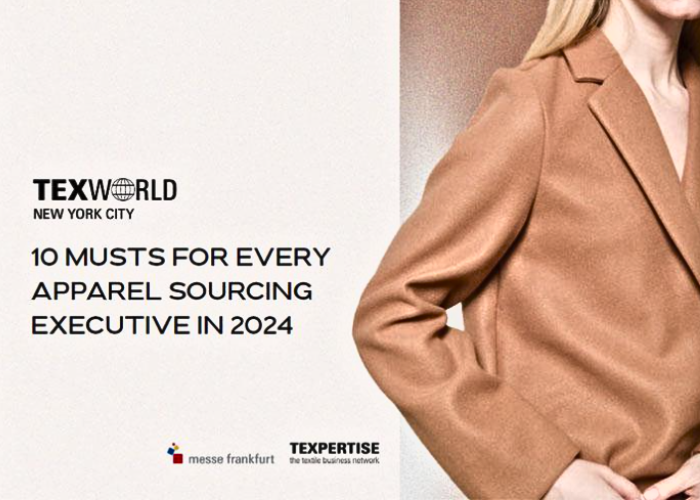
Get Texworld’s Top 10 Insights for 2024 Today
Texworld has your game plan for the new year now.
The Texworld “10 Musts for Every Apparel Sourcing Executive in 2024” whitepaper outlines the top challenges the apparel industry will face next year along with strategies for avoiding pitfalls and preparing for the unexpected.
Download the whitepaper to learn:
- How to create the products that resonate with the new consumer
- Why simply diversifying isn’t enough
- How working capital constraints will impact buyer-supplier relationships
- How AI is set to transform everything along the supply chain
- Why Xinjiang is just the start of fashion’s forced labor problem
- The ways in which the new sustainability regulations will accelerate digitization
- The most effective way to plan for disruption (Hint: it starts with being proactive)
In the whitepaper, industry experts pull back the curtain on what to expect next year—and provide actionable advice for coming out on top. They include:
- Jason Kra, PhD, President, Li & Fung Ltd
- Miran Ali, Vice President, Bangladesh Garment Manufacturers and Exporters Association (BGMEA)
- Murali Gokki, Managing Director, BRG
- Tricia Carey, Chief Commercial Officer, Renewcell
- Vincent Iacopella, Executive Vice President of Growth and Strategy, Alba Wheels Up
- Paul Magel, President, Application Solutions, CGS
Download Texworld’s “10 Musts for Every Apparel Sourcing Executive in 2024” whitepaper today.

What We’re Reading
Flooding in Italy stokes fears of climate-induced supply chain delays
Floods in Prato, Italy have fashion concerned about luxury apparel’s future. Vogue Business reports on how the region, which offers both raw materials and production, has been impacted—and, more importantly, how the industry will deal with the increasing prevalence of climate disasters both there and in other regions around the globe. Read the article to learn how brands are changing their buying practices, supply chains and even designs to adapt to the new normal.
Higher interest rates could undermine supply chain resilience
Diversification has been the watchword for the industry as it attempts to mitigate risks from myriad sources like geopolitical conflicts, climate disasters and currency fluctuations, but Quartz reports the strategy is now in danger. Higher interest rates, which have peaked to a point not seen in more than 20 years, could disincentivize brands and retailers to diversify, since it requires upfront investment. Read the article to learn the impact this would have on supply chains.
Is fast fashion slowing down? How global trade, AI can be used as forces for good
Human rights concerns have dominated the fashion press in 2023—and the conversation is likely to continue into the new year. Experts tell USC Today their thoughts how apparel can improve conditions for workers and promote accountability from raw materials to retail. Read the article to learn about their thoughts on emphasizing social as a key part of ESG frameworks, reshoring goods as a means of developing a verified supply chain, and adopting future-facing technology to create transparent and traceable processes.
